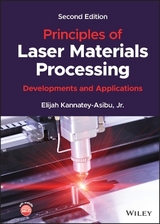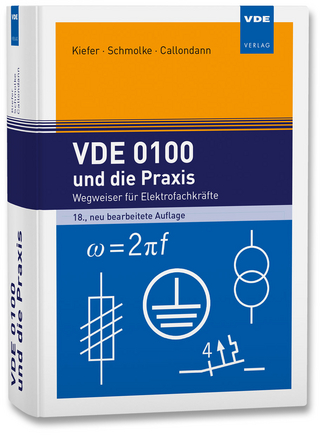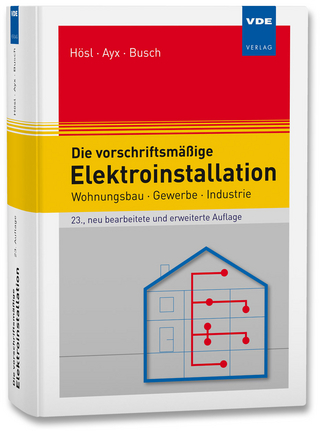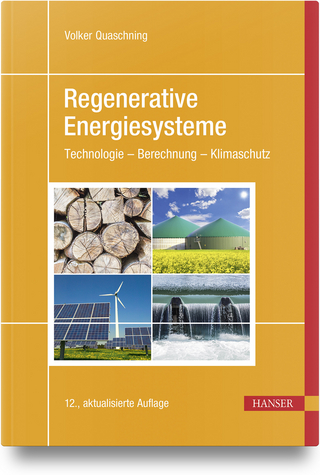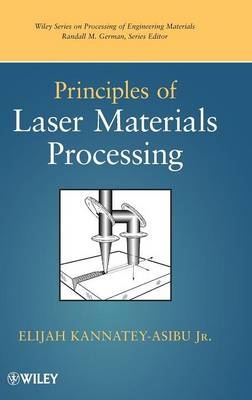
Principles of Laser Materials Processing
John Wiley & Sons Inc (Verlag)
978-0-470-17798-3 (ISBN)
- Titel erscheint in neuer Auflage
- Artikel merken
Coverage of the most recent advancements and applications in laser materials processing This book provides state-of-the-art coverage of the field of laser materials processing, from fundamentals to applications to the latest research topics. The content is divided into three succinct parts: Principles of laser engineering-an introduction to the basic concepts and characteristics of lasers, design of their components, and beam delivery Engineering background&-a review of engineering concepts needed to analyze different processes: thermal analysis and fluid flow; solidification of molten metal; and residual stresses that evolve during processes Laser materials processing-a rigorous and detailed treatment of laser materials processing and its principle applications, including laser cutting and drilling, welding, surface modification, laser forming, and rapid prototyping Each chapter includes an outline, summary, and example sets to help readers reinforce their understanding of the material.
This book is designed to prepare graduate students who will be entering industry; researchers interested in initiating a research program; and practicing engineers who need to stay abreast of the latest developments in this rapidly evolving field.
Elijah Kannatey-Asibu Jr., PhD, received his BSc from the Kwame Nkrumah University of Science and Technology, Kumasi, Ghana, in 1974 and his PhD from the University of California at Berkeley in 1980. He has been with the Mechanical Engineering Department at the University of Michigan in Ann Arbor since 1983. Dr. Kannatey-Asibu's research focuses on multisensor monitoring of manufacturing processes, multiple-beam laser processing, acoustic emission investigation of manufacturing processes, and microfabrication using femtosecond lasers. He is a Fellow of the Society of Manufacturing Engineers and of the American Society of Mechanical Engineers.
SECTION I: PRINCIPLES OF INDUSTRIAL LASERS. Chapter 1: Laser Generation. 1.1 Basic Atomic Structure. 1.2 Atomic Transitions. 1.3 Lifetime. 1.4 Optical Absorption. 1.5 Population Inversion. 1.6 Threshold Gain. 1.7 Two-Photon Absorption. 1.8 Summary. Problems. Chapter 2: Optical Resonators. 2.1 Standing Waves in a Rectangular Cavity. 2.2 Planar Resonators. 2.3 Confocal Resonators. 2.4 Generalized Spherical Resonators. 2.5 Concentric Resonators. 2.6 Stability of Optical Resonators. 2.7 Summary. Problems. Chapter 3: Laser Pumping. 3.1 Optical Pumping. 3.2 Electrical Pumping. 3.3 Summary. Problems. Chapter 4: Rate Equations. 4.1 Two-Level System. 4.2 Three-Level System. 4.3 Four-Level System. 4.4 Summary. Problems. Chapter 5: Broadening Mechanisms. 5.1 Line-Shape Function. 5.2 Line-Broadening Mechanisms. 5.3 Comparison of Individual Mechanisms. 5.4 Summary. Problems. Chapter 6: Beam Modification. 6.1 Quality Factor. 6.2 Q-Switching. 6.3 Q-Switching Theory. 6.4 Mode-Locking. 6.5 Laser Spiking. 6.6 Lamb Dip. 6.7 Summary. Problems. Chapter 7: Beam Characteristics. 7.1 Beam Divergence. 7.2 Monochromaticity. 7.3 Beam Coherence. 7.4 Intensity and Brightness. 7.5 Frequency Stabilization. 7.6 Beam Size. 7.7 Focusing. 7.8 Radiation Pressure. 7.9 Summary. Problems. Chapter 8: Types of Lasers. 8.1 Solid State Lasers. 8.2 Gas Lasers. 8.3 Dye Lasers. 8.4 Semiconductor (Diode) Lasers. 8.5 Free Electron Laser. 8.6 New Developments in Industrial Laser Technology. 8.7 Summary. Problems. Chapter 9: Beam Delivery. 9.1 The Electromagnetic Spectrum. 9.2 Reflection and Refraction. 9.3 Birefringence. 9.4 Brewster Angle. 9.5 Polarization. 9.6 Mirrors and Lenses. 9.7 Beam Expanders. 9.8 Beam Splitters. 9.9 Beam Delivery Systems. 9.10 Summary. Problems. SECTION II: ENGINEERING BACKGROUND. Chapter 10: Heat and Fluid Flow During Laser Processing. 10.1 Energy Balance During Processing. 10.2 Heat Flow in the Workpiece. 10.3 Fluid Flow in Molten Pool. 10.4 Summary. Problems. Chapter 11: The Microstructure. 11.1 Process Microstructure. 11.2 Discontinuities. 11.3 Summary. Problems. Chapter 12: Solidification. 12.1 Solidification Without Flow. 12.2 Solidification With Flow. 12.3 Rapid Solidification. 12.4 Summary. Problems. Chapter 13: Residual Stresses and Distortion. 13.1 Causes of Residual Stresses. 13.2 Basic Stress Analysis. 13.3 Effects of Residual Stresses. 13.4 Measurement of Residual Stresses. 13.5 Relief of Residual Stresses and Distortion. 13.6 Summary. Problems. SECTION III: LASER MATERIALS PROCESSING. Chapter 14: Background on Laser Processing. 14.1 System-Related Parameters. 14.2 Process Efficiency. 14.3 Disturbances that Affect Process Quality. 14.4 General Advantages and Disadvantages of Laser Processing. 14.5 Summary. Problems. Chapter 15: Laser Cutting and Drilling. 15.1 Laser Cutting. 15.2 Laser Drilling. 15.3 New Developments. 15.4 Summary. Problems. Chapter 16: Laser Welding. 16.1 Laser Welding Parameters. 16.2 Welding Efficiency. 16.3 Mechanism of Laser Welding. 16.4 Material Considerations. 16.5 Weldment Discontinuities. 16.6 Advantages and Disadvantages of Laser Welding. 16.7 Special Techniques. 16.8 Specific Applications. 16.9 Summary. Problems. Chapter 17: Laser Surface Modification. 17.1 Laser Surface Heat Treatment. 17.2 Laser Surface Melting. 17.3 Laser Direct Metal Deposition. 17.4 Laser Physical Vapor Deposition. 17.5 Laser Shock Peening. 17.6 Summary. Problems. Chapter 18: Laser Forming. 18.1 Principle of Laser Forming. 18.2 Process Parameters. 18.3 Laser Forming Mechanisms. 18.4 Process Analysis. 18.5 Advantages and Disadvantages. 18.6 Applications. 18.7 Summary. Problems. Chapter 19: Rapid Prototyping. 19.1 Computer-Aided Design. 19.2 Part Building. 19.3 Post-Processing. 19.4 Applications. 19.5 Summary. Problems. Chapter 20: Lasers in Medical and Nano Manufacturing. 20.1 Medical Applications. 20.2 Nanotechnology Applications. 20.3 Summary. Chapter 21: Sensors for Process Monitoring. 21.1 Laser Beam Monitoring. 21.2 Process Monitoring. 21.3 Summary. Problems. Chapter 22: Processing of Sensor Outputs. 22.1 Signal Transformation. 22.2 Data Reduction. 22.3 Pattern Classification. 22.4 Summary. Problems. Chapter 23: Laser Safety. 23.1 Laser Hazards. 23.2 Laser Classification. 23.3 Preventing Laser Accidents. 23.4 Summary.
| Erscheint lt. Verlag | 1.5.2009 |
|---|---|
| Reihe/Serie | Wiley Series on Processing of Engineering Materials |
| Verlagsort | New York |
| Sprache | englisch |
| Maße | 164 x 233 mm |
| Gewicht | 1244 g |
| Themenwelt | Technik ► Elektrotechnik / Energietechnik |
| Technik ► Maschinenbau | |
| ISBN-10 | 0-470-17798-5 / 0470177985 |
| ISBN-13 | 978-0-470-17798-3 / 9780470177983 |
| Zustand | Neuware |
| Informationen gemäß Produktsicherheitsverordnung (GPSR) | |
| Haben Sie eine Frage zum Produkt? |
aus dem Bereich
